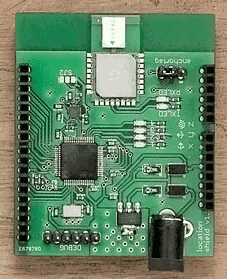Pozyx looks like an obvious repackaging of the EVK1000. It amazes me that DW didn’t do this themselves at the start. They could have had a whole bunch of people developing stuff a year ago if they had.
I found it useful to measure pozyx and BeSpoon against our requirments, to see how much further along they are than us.
I think this raises the short-term bar for us quite a bit, but doesn’t change anything other than the speed with which I need to get stuff working.
The holy grail right now is “wearability”, followed by ease of installation, and maintenance. If we can really make something that is wearable for long periods, then I think we still could have something unique and valuable – but the race is on. Only if we can get below the “24×7 wearable” threshold do we (and others) get to run experiments that will uncover non-obvious opportunities that I’m sure are there for the picking.
- Wearable => small, nay tiny!
- 24×7 => ultra-low-power => clever protocols
- Easy/convenient to install => battery powered, or energy harvesting (or doesn’t hog sockets)
- Easy to maintain => batteries don’t go flat, and doesn’t get confused by being moved
- Can reliably communicate with support systems (apps, database, cloud, …) in close to real time
- I’d like to say “inexpensive”, but all hardware in inexpensive eventually
- Non-stigmatizing – better improve your image, rather than v.v.
- UI has to be physically easy to use (feedback is obvious, and input is easy to generate with high confidence)
- Calibrated => the raw data has to have meaning after the hardware is defunct
- Software makes it easy for the average programmer to write an analyzer
- Private and secure
- Sticky – does something indispensable
